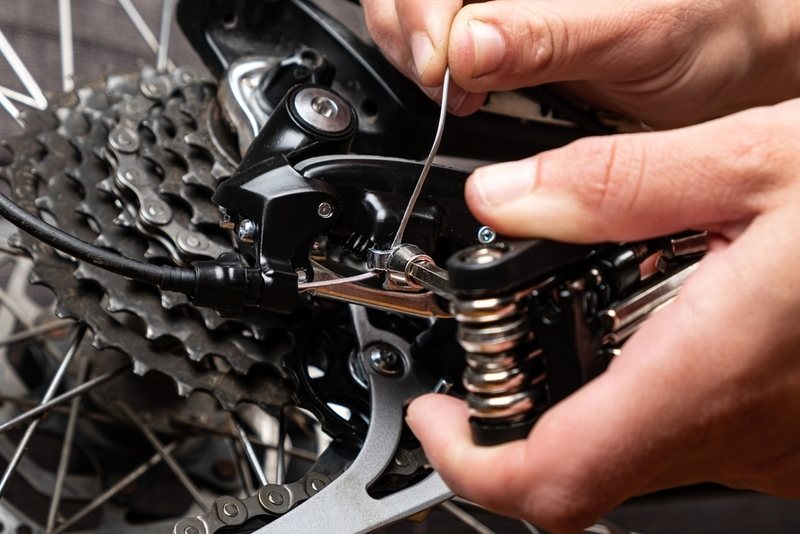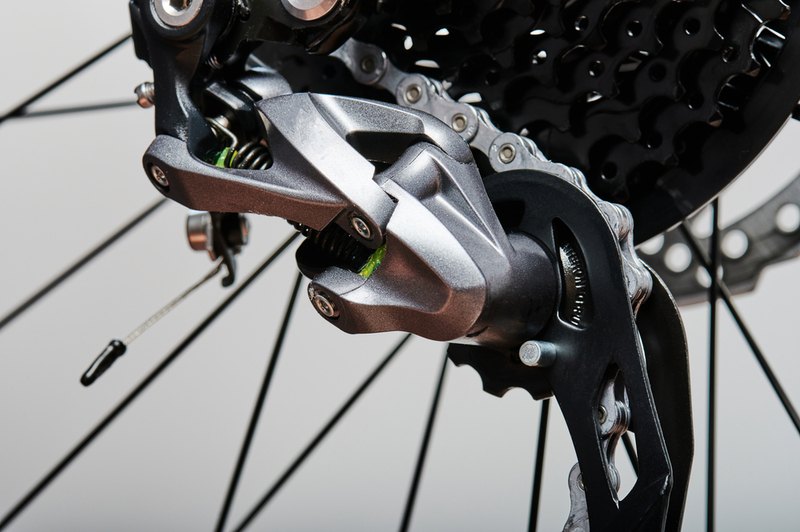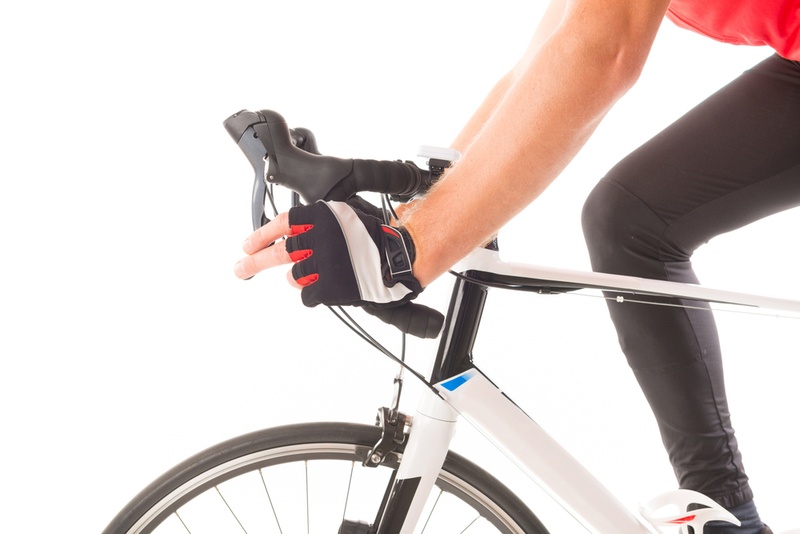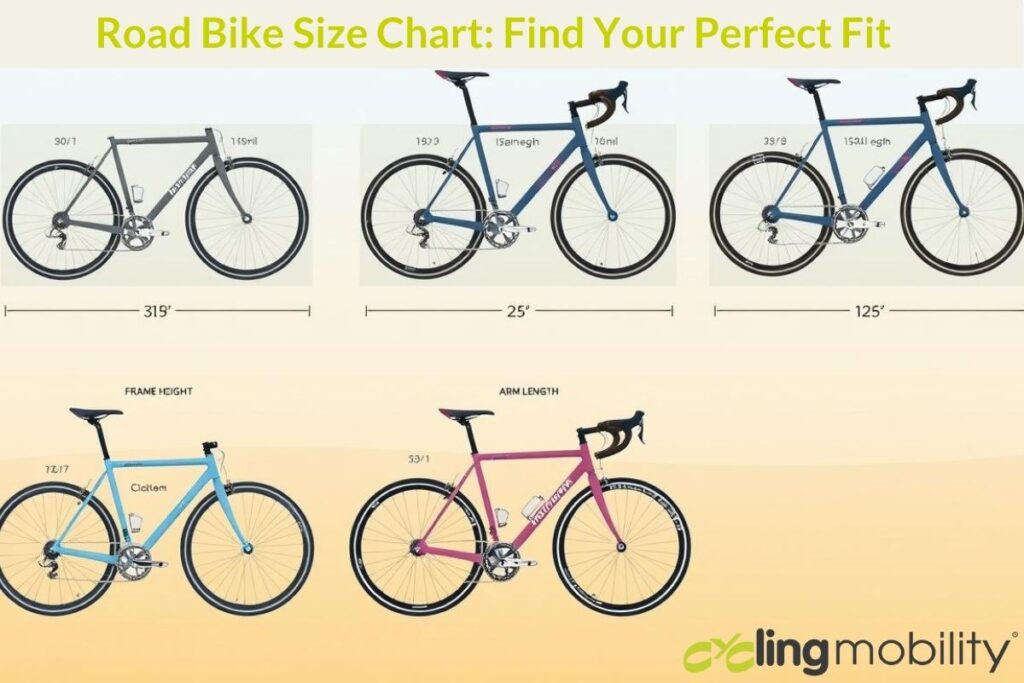Ever wondered why some cyclists glide up hills effortlessly while you struggle? How to shift gears on a road bike is a skill that can dramatically change your cycling game. It makes your rides more efficient and fun, especially on different terrains. But did you know a simple technique can boost your comfort and speed?
In this guide, we’ll dive into essential gear-shifting tips for beginners. We’ll explore Shimano shifters and how they make your rides smoother. Shifting gears isn’t just about changing the difficulty of pedaling—it’s about finding the perfect rhythm for your riding style. Ready to improve your cycling and conquer hills with ease? Mastering how to shift gears on a road bike is your key to smoother rides and tackling those steep climbs.
Understanding Bicycle Gears
Bicycle gears are key to a better ride. My first bike ride showed me how important they are. They let me change the effort needed to pedal.
Shifting to a low gear makes hills easier. High gear is great for speed on flat or downhill parts.

What are Gears on a Bike?
Bike gears are at the heart of biking tech. They help us manage our efforts. The gear ratio, or the number of teeth on the chainring and rear cog, affects how easy or hard a ride is.
High-speed bikes often have 7-speed bike gears. These combinations are perfect for different terrains. The history of gears goes back to the late 19th century, making modern rides better.
Importance of Gearing Systems
Knowing my bike’s gearing systems changes how I ride. A good gear setup makes hills and flats easy. Older road bikes had ten-speed setups, showing how gears have evolved.
Now, we have everything from single cranksets to 13-speed setups. The right gearing makes my rides smoother and more fun.
How to Shift Gears on a Road Bike
Learning to shift gears on a road bike improves your cycling experience. I use integrated shifters, which combine the brake and gear levers for easy control. The left-hand shifter manages the front derailleur, while the right-hand shifter controls the rear derailleur.
Maintaining a steady cadence is crucial for smooth gear transitions, especially on different terrains. A lower gear is ideal for climbing hills, while a higher gear works best on flat roads.
I always keep pedaling while shifting to ensure the chain moves smoothly and doesn’t slip off the gears. The big lever shifts to a larger gear, and the small lever moves to a smaller one.
To prevent mechanical issues, I avoid cross-chaining, which can wear out the components and reduce efficiency.
Effective cycling depends on using the gear system well. About 70-80% of the time, I can improve my cycling by changing gears on a road bike wisely. Knowing how to use road bike shifters makes every ride better and lets me handle different terrains confidently.
Components Involved in Gear Shifting
Knowing the parts that help with gear shifting can make cycling better. The derailleurs and shifters are key. They help me change gears smoothly, making riding easier in different conditions.

Derailleurs: Front and Rear
The derailleur system is vital for gear changes. The front derailleur moves the chain between chainrings. It works well with Shimano shifters, making it easy to switch gears for climbing or speeding.
The rear derailleur shifts the chain across cogs, controlling the gear range. Shifting down increases resistance, while shifting up makes pedaling easier.
The Role of Shifters
Shifters let me control the derailleurs and are often with the brake levers. There are many shifter designs, each affecting how I shift. Shimano shifters have a split-lever design for precise control.
SRAM’s DoubleTap shifters have a single paddle for both up and down shifting. Knowing about these can help me pick the best for my riding style.

Mastering Gear Shifting Techniques
Learning to shift gears on my road bike has improved my rides a lot. I’ve gotten better at shifting with the front and rear derailleurs. This makes climbing and descending smoother and lets me use my bike’s full potential.
Timing is key. I shift to a lower gear before going up a hill. This keeps my speed up and makes climbing easier.
Front Derailleur Shifting
For the front derailleur, I adjust early, especially before hills. This helps me switch gears smoothly without losing speed. I shift only 1-2 gears at a time to avoid chain skipping and keep the drivetrain in top shape.
Knowing the gear ratios is also important. It helps me choose the right gear for the best performance.

Rear Derailleur Shifting
The rear derailleur is for fine adjustments. It lets me tweak my cadence and power. When climbing steep hills, I shift slowly to avoid damaging the transmission.
This mistake is common, but avoiding it has greatly improved my rides.
Common Gear Shifting Mistakes
Even with experience, I still make mistakes. One big one is cross-chaining, which can harm my drivetrain. I always check my gear choices to avoid this.
By understanding these shifting techniques, I’ve become more efficient and enjoy my rides more.
FAQs
How do I shift gears on a road bike?
To shift gears, use the shifters on your handlebars. The left shifter controls the front derailleur. It lets you switch between chainrings. The right shifter works the rear derailleur, moving the chain across cogs.
To shift smoothly, keep your pedaling steady. Anticipate changes in the terrain.
What is the difference between low and high gears?
Low gears make pedaling easier, and great for hills. High gears offer more resistance, good for flat surfaces. Knowing the difference helps you pick the right gear for the terrain.
How do derailleurs work in gear shifting?
Derailleurs move the chain between chainrings and cogs. The front derailleur shifts between chainrings. The rear derailleur moves the chain across cogs.
This lets you change gears based on the terrain.
What are some common mistakes beginners make when shifting gears?
Beginners often make mistakes like cross-chaining, which strains the drivetrain. Shifting under heavy pedal pressure can also cause problems.
Before focusing on gear shifting, it’s essential to ensure your bike fits you correctly. Using a road bike size chart can help you find the right bike fit, which plays a crucial role in proper gear shifting.
It’s best to shift gears while pedaling lightly for smooth transitions.
How can I improve my gear-shifting skills?
Practice shifting with a steady cadence. Focus on anticipating terrain changes. Timing your shifts before inclines or declines helps.
Also, get to know your bike’s gearing system well.
What is the role of the shifters on my road bike?
The shifters, along with the brake levers, control the derailleurs. By pushing the right lever, you shift the chain. This lets you adjust your pedaling effort based on the terrain.
Why is keeping a consistent cadence important when shifting gears?
A consistent cadence ensures smooth gear transitions. It reduces strain on your drivetrain. This makes shifting easier and more comfortable.






